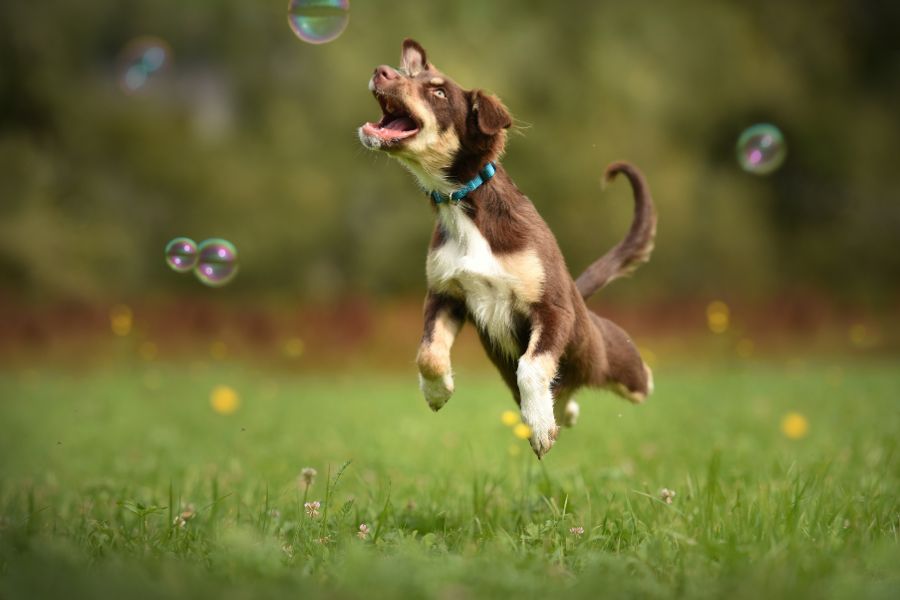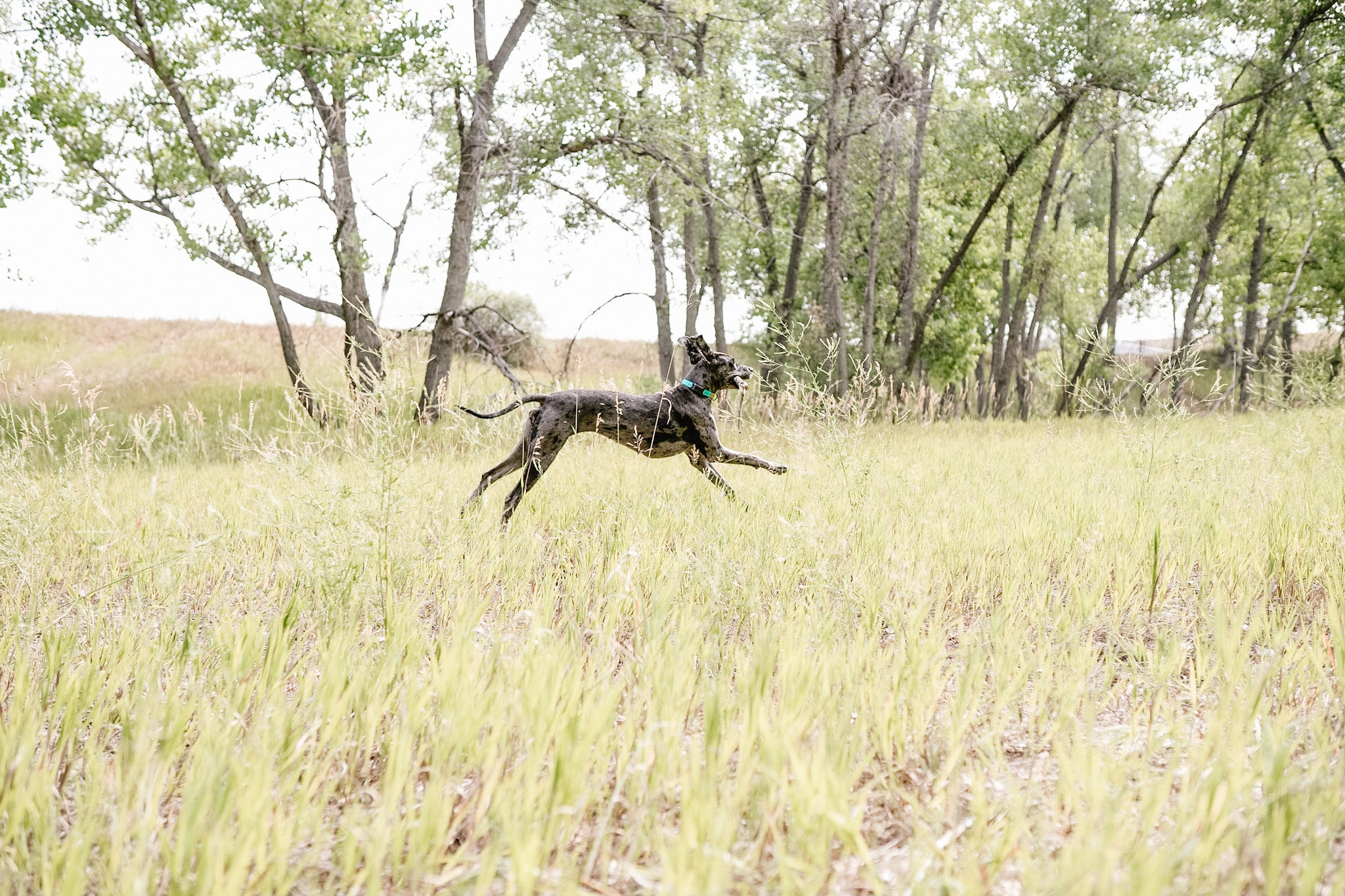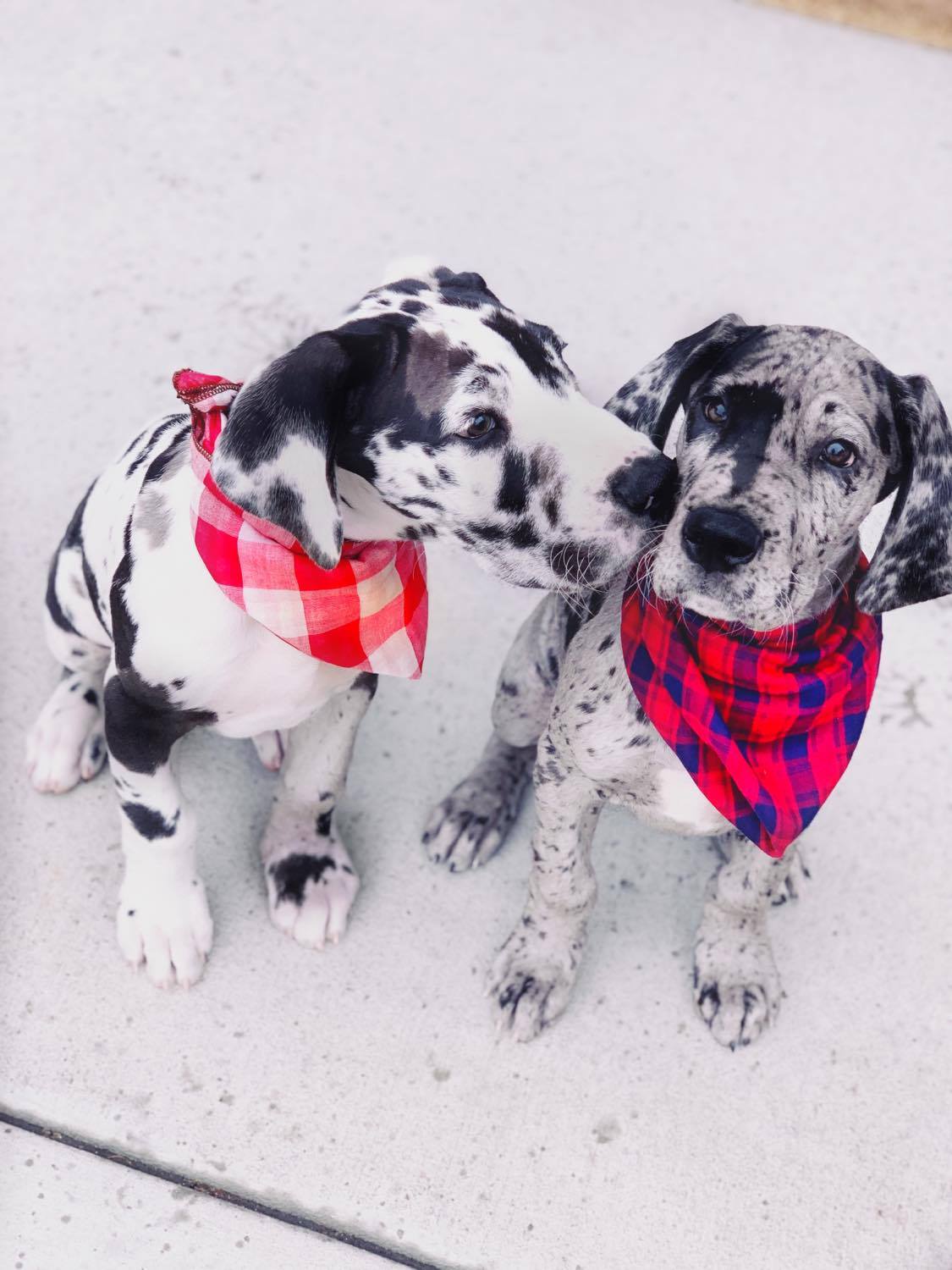
E-collars are often seen as a controversial dog training tool, and I’ve realized that it’s largely because people don’t understand them. There are a lot

E-collars are often seen as a controversial dog training tool, and I’ve realized that it’s largely because people don’t understand them. There are a lot

At Hello Danes, we are HUGE believers in teaching Great Danes how to come when called. This is an important skill that is necessary for
What I put on my dog’s collar isn’t just a style statement; it’s a full-on toolkit for their safety, ID, training, and even location tracking.

Great Danes are giant breed dogs and if you’ve spent any time around them, you know they are both “Gentle Giant” and “Giant train-wreck!” If

When I met my friend Natalie (we have littermates and started this blog together), I was a noisy card-carrying member of the ‘force-free’ dog training

Great Danes are often seen as couch potato dogs that don’t need a lot of exercise. This is a bit of a myth! Of course,

There are many reasons to e-collar train your dog. Some people may be hesitant to use this type of training because they think it is

Electronic collar training, often referred to as “e-collar” training, is a modern method used to train dogs. Unfortunately, it is riddled with myths and misconceptions

When it comes to using an e collar on your dog, there is a right and wrong way to do it. Do you feel like

My road to the e collar was definitely not clear cut: I had absolutely no idea how to use an e collar. Heck, I didn’t